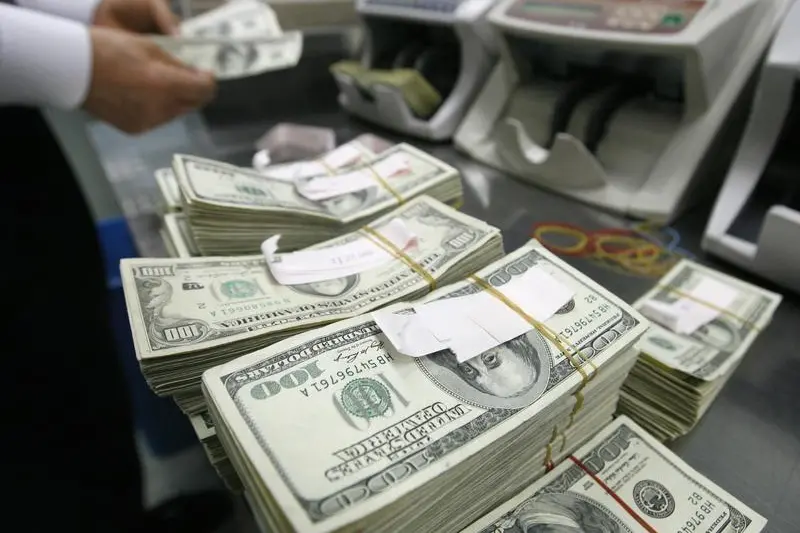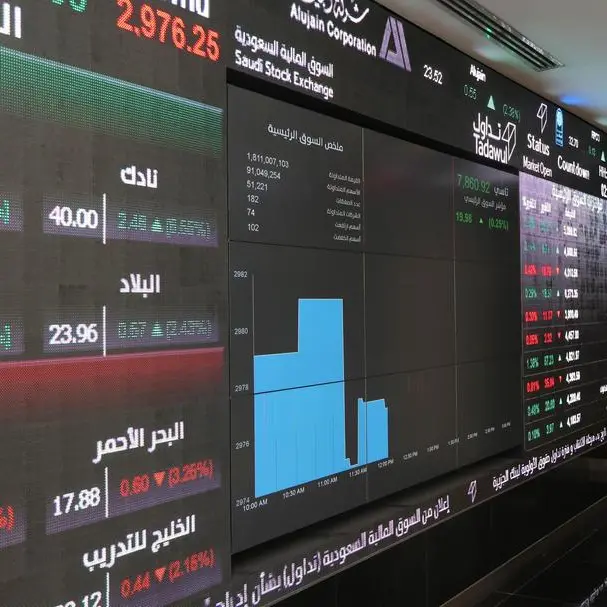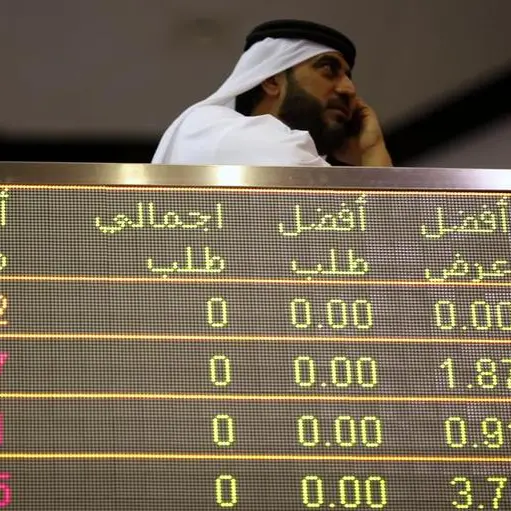PHOTO
The U.S. dollar’s share of global currency reserves reported to the International Monetary Fund shrank in the third quarter to its smallest since mid-2014, while the euro’s and Chinese yuan’s share of reserves edged higher, data released on Friday showed.
The share of dollar reserves has declined for three consecutive quarters but has remained the biggest by far among all currencies.
Reserves held in dollars rose to $6.13 trillion, or 63.5 percent of allocated reserves, in the third quarter, from $5.91 trillion, or 63.8 percent, in the second quarter. In the second quarter 2014, it stood at $4.49 trillion or 63.05 percent.
Global reserves are assets of central banks held in different currencies, primarily used to support their liabilities. Central banks sometimes have used reserves to help support their respective currencies.
The euro’s share edged up to 20.0 percent in the third quarter, from about 19.9 percent in the first. The single currency’s share of reserves was at 28 percent at its peak in 2009.
China’s share of allocated currency reserves was 1.12 percent in the third quarter, compared with 1.08 percent from the prior quarter. The IMF had reported the yuan’s share of central bank holdings for the first time in the fourth quarter of 2016.
The yen’s share of currency reserves, on the other hand, dipped to 4.5 percent from 4.6 percent in the second quarter.
IMF data also showed that global reserves rose to $11.297, which was the highest since the second quarter of 2015 and was up from $11.121 trillion in the second quarter.
The total amount of allocated currency holdings also grew, to $9.646 trillion, from $9.263 trillion previously.
Allocated reserves now include part of China’s official reserves, with full currency allocation disclosure set to take two to three years. With China’s disclosure, the share of allocated reserves as a percentage of the total rose to 85.4 percent from second quarter’s 83.3 percent.
Global unallocated reserves, or those that have not been reported to the IMF, continued to fall, hitting $1.650 trillion from $1.859 trillion in the second quarter.
Unallocated reserves represented just 14.6 percent of total global FX reserves, down from 16.7 percent in the second quarter. It was widely believed in the currency market that part of China’s reserves were in the unallocated pool.
The Australian and Canadian dollars, which over the last year have been included in the reserves composition, showed shares of 1.8 percent and 2.0 percent, respectively. They were up slightly from the second quarter.
Additional reporting by Gertrude Chavez-Dreyfuss; Editing by Chizu Nomiyama and Tom Brown
© Reuters News 2017
The share of dollar reserves has declined for three consecutive quarters but has remained the biggest by far among all currencies.
Reserves held in dollars rose to $6.13 trillion, or 63.5 percent of allocated reserves, in the third quarter, from $5.91 trillion, or 63.8 percent, in the second quarter. In the second quarter 2014, it stood at $4.49 trillion or 63.05 percent.
Global reserves are assets of central banks held in different currencies, primarily used to support their liabilities. Central banks sometimes have used reserves to help support their respective currencies.
The euro’s share edged up to 20.0 percent in the third quarter, from about 19.9 percent in the first. The single currency’s share of reserves was at 28 percent at its peak in 2009.
China’s share of allocated currency reserves was 1.12 percent in the third quarter, compared with 1.08 percent from the prior quarter. The IMF had reported the yuan’s share of central bank holdings for the first time in the fourth quarter of 2016.
The yen’s share of currency reserves, on the other hand, dipped to 4.5 percent from 4.6 percent in the second quarter.
IMF data also showed that global reserves rose to $11.297, which was the highest since the second quarter of 2015 and was up from $11.121 trillion in the second quarter.
The total amount of allocated currency holdings also grew, to $9.646 trillion, from $9.263 trillion previously.
Allocated reserves now include part of China’s official reserves, with full currency allocation disclosure set to take two to three years. With China’s disclosure, the share of allocated reserves as a percentage of the total rose to 85.4 percent from second quarter’s 83.3 percent.
Global unallocated reserves, or those that have not been reported to the IMF, continued to fall, hitting $1.650 trillion from $1.859 trillion in the second quarter.
Unallocated reserves represented just 14.6 percent of total global FX reserves, down from 16.7 percent in the second quarter. It was widely believed in the currency market that part of China’s reserves were in the unallocated pool.
The Australian and Canadian dollars, which over the last year have been included in the reserves composition, showed shares of 1.8 percent and 2.0 percent, respectively. They were up slightly from the second quarter.
Additional reporting by Gertrude Chavez-Dreyfuss; Editing by Chizu Nomiyama and Tom Brown
© Reuters News 2017












